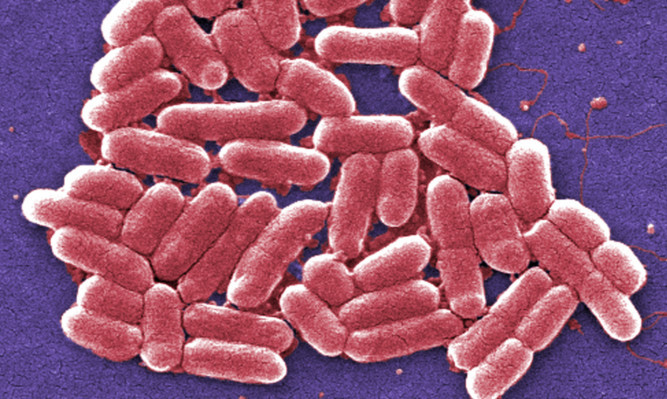A tenth person has developed a strain of E.coli linked to Scottish venison.
The Courier reported earlier in the week of a suspected link between the outbreak and venison from a Dundee meat production company.
Highland Game, run by Danish entrepreneur Christian Nissen, provide venison products to supermarkets throughout Scotland and were named as being linked to the outbreak after an investigation by Health Protection Scotland raised questions over raw meats produced by the group.
Nine victims are said to be recovering at home while one remains in hospital.
A spokesperson for HPS said: “Following a further Incident Management Team meeting this morning, Health Protection Scotland (HPS) can confirm that a further case of E coli O157 PT32 has been linked with the recent outbreak, bringing the total to ten.
“In keeping with the other cases, this individual consumed venison products before the outbreak came to light and from within the product use-by-dates identified by Food Standards Scotland. These products are now no longer on sale. “
Despite the link being drawn to them, Highland Game insisted that hygiene was a matter of great importance to the company.
A spokesperson for the firm said: “The FSS has undertaken a full inspection of our Dundee premises and our records and we will continue to provide them with every assistance.
“There is no substantiated evidence to support the actual source of the outbreak
“Our stringent hygiene controls at Highland Game are second to none, however, as with all meats there can be a risk of contamination somewhere in the food chain.”
